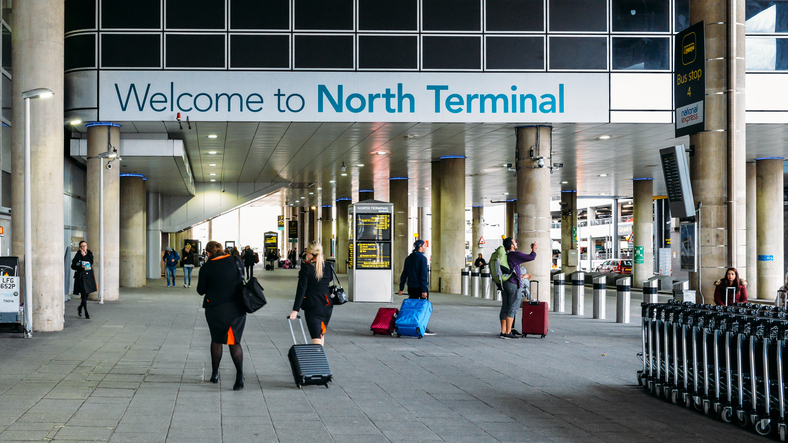Gatwick airport, the second-busiest in Britain, said in draft expansion proposals that it wanted to bring its second, emergency runway into routine use from the mid-2020s.
The airport is hoping to add new flights to overcome a Summer capacity crunch, despite local opposition over safety, noise and environmental concerns.
Gatwick lies 30 miles (50 km) south of London and competes with Britain and Europe’s busiest airport Heathrow, 20 miles to the west of London. Two years ago, Gatwick lost out to its bigger rival as the site selected by the UK government for a new runway.
The airport is, however, operating at full capacity in the Summer when its mainly leisure customer base travels most.
In its draft plan, published on Thursday, Gatwick said it wanted to use new technology to increase capacity on its main runway. It also wants to use its second standby runway, which is currently only used in emergencies or when the main one is closed for maintenance, for routine departing flights.
Expanding airport capacity in densely-populated south eastern England has long-attracted opposition from local and environmental campaigners over safety worries and the impact of increased noise and air pollution.
After decades of political wrangling, the government gave the green light to expansion at Heathrow earlier this year but that plan still needs to overcome a legal challenge and win planning permission.
Gatwick, owned by investment fund Global Infrastructure Partners and other investors, said its proposals would allow low-impact growth.
“Our draft master plan offers agile, productive and low-impact ways of unlocking much-needed new capacity and increased resilience from within our existing infrastructure,” Gatwick CEO Stewart Wingate said in a statement.
Economists and business groups argue that in the long-term expanding Gatwick will be necessary to help grow Britain’s economy and international trade links, especially after the country leaves the European Union in 2019.
There will now be a 12-week public consultation before a final plan is agreed early next year, Gatwick said, which it will then submit to planning authorities.
It added that it was not actively pursuing the building of a new, third runway but wants land kept available for this purpose.
Local group Communities Against Gatwick and Noise Emissions (CAGNE) said using the emergency runway for flights would be unsafe as the runways are very close to each other. It would also create new noise problems as well as putting extra pressure on local transport links, they added.
“The local authorities, the people we elected, need to think hard before supporting Gatwick’s plans,” CAGNE said in a statement.
Gatwick said its use of the emergency runway would meet all safety requirements.







